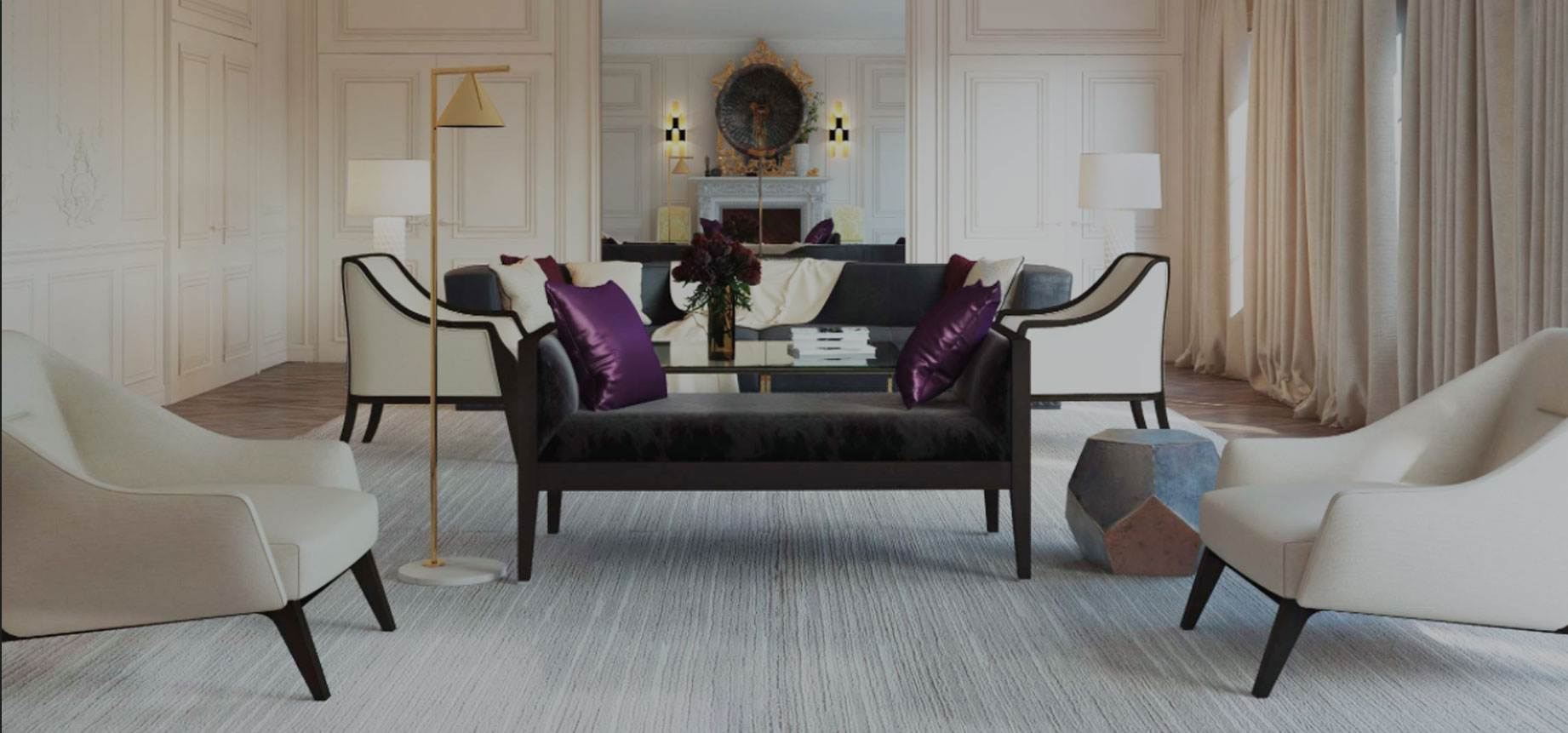5.8. Attracting Visitors: Designing Restaurants and Bars
In the context of restaurant or bar interior design, the same principle applies as with retail design: the space should appeal primarily to customers, not just the owner or the designer. This means creating a design that resonates with the target audience’s tastes.
A little-known aspect of restaurant or café design is the importance of a central theme, around which the entire interior design concept revolves. This often leads owners to invest significantly in finding the most original idea for their establishment.
In modern cities, food and beverage establishments are typically categorized into:
- Chain restaurants or cafes, which have a consistent design concept and style across all locations, regardless of where they are situated;
- Individual restaurants, smaller establishments seeking unique interior designs;
- “Homestyle” restaurants, a subcategory of individual restaurants, usually smaller in scale.
It’s noteworthy that some small establishments can generate substantial revenue for their owners, heavily influenced by the restaurant’s concept, which lends it a unique “status” and exclusivity.
Today, I’ll share some interesting ideas and techniques for attracting visitors.
Your Restaurant’s Main Theme
Your theme can be either highly specific or varied. For instance, your restaurant might exclusively offer Japanese or Mexican cuisine, requiring the main design to stay within those national styles’ boundaries.
However, if the restaurant offers a diverse menu, the primary theme can explore different directions, such as sports, cinema, retro, high-tech and IT, eco-style, etc. The key is that the idea and design match the majority of your clientele’s tastes. This can be achieved through the bold use of various light fixtures, statuettes, cabinets, paintings, and posters that fit the theme.
Creating Coziness with Furniture and Textiles
This can be achieved by arranging interesting and comfortable furniture. It’s essential to consider all seating arrangements, from a table for two to long tables for large groups.
Currently, long soft sofas are trendy; they’re not only comfortable but also spacious. These should also be placed in wardrobe and restroom areas.
Textiles and accessories should also align with the main idea. Curtains, for instance, can help divide the space effectively and create the right color accents.
Visually Modifying the Space
To divide the restaurant into different zones, apart from curtains, you can use various partitions and screens.
This also applies to the use of mirrors – they can visually enlarge the space and create a sense of “fullness.”
Windows
Try to install larger windows, not only for the view but also to make your restaurant look inviting from the outside. Consider an “open” kitchen concept, allowing guests to see the food preparation process. But don’t forget about curtains and blinds.
Lighting and Color
Lighting should not be irritating, so it’s better to zone it and use separate groups of light fixtures. You can even create a dim atmosphere, but within reasonable limits, so that customers can at least see the menu and their food.
Original color solutions can help eliminate interior flaws and highlight its advantages.
View from the Street
Every restaurant should have a unique and memorable “face.” This is perhaps the most crucial part of the overall concept, directly affecting customers’ perception.
Therefore, don’t hesitate to create a visually attractive and spectacular entrance. This can be achieved with signs, indicators, dramatic lighting, the use of decorative plants and sculptures, and interesting staircase designs.
Creating Interest Among Visitors
Every restaurant should have its unique feature. It could be an elegant fireplace or grill set up inside the establishment. The sight of an open flame is known to stimulate appetite.
Similarly, different interior items, such as antique objects which can also be for sale, or a good collection of books, can serve as attractions.
Ventilation
Ensure good ventilation, even if the restaurant is open-air. In any case, cooking odors should not overly irritate customers.
There’s much more to discuss. But if you want to create a truly exclusive interior for your restaurant, you should seek assistance from me, Olesya Blashchenko, an interior designer.









